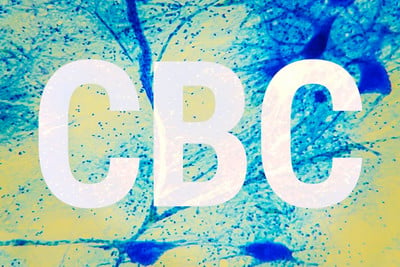.
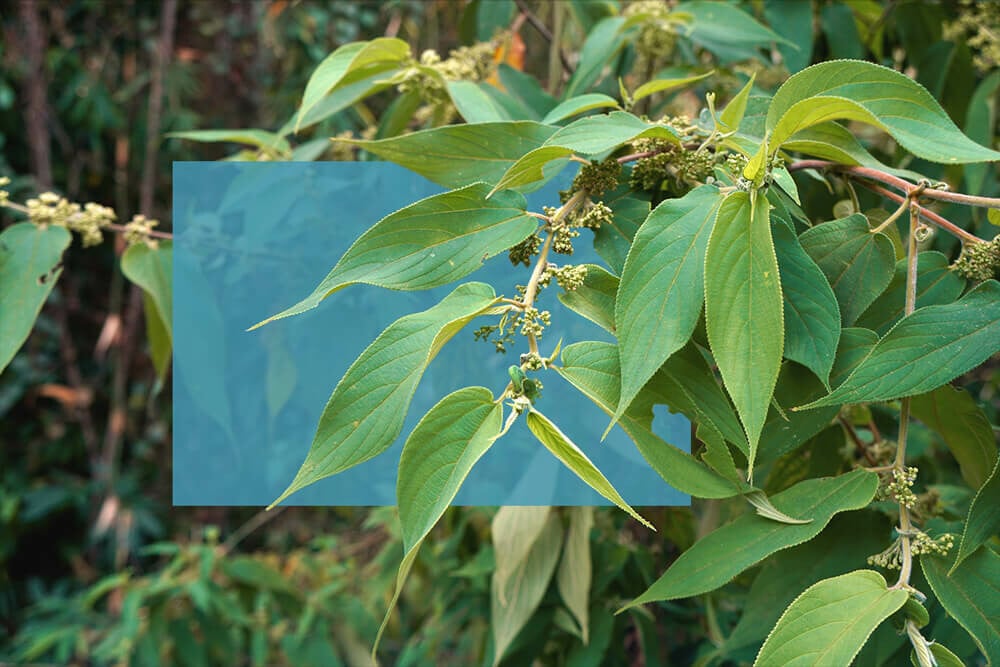
Could Trema Micrantha Prove a Superior Source of CBD?
While cannabis isn't the only plant that contains cannabinoids, few others can produce the compounds in equal measure without the restrictions posed by THC. However, could a shrub native to South America overcome the legal barriers associated with cannabinoid research? Keep reading to find out.
Contents:
When scientists claimed that they'd isolated CBD from the fruits of the Trema micrantha plant, the discovery had significant legal implications. By overcoming the restrictions linked to cannabis, researchers could potentially be able to explore CBD's wellness potential freely. However, with the claims made in 2023 and still no confirmation of the exact concentration of CBD or how it was extracted, is the discovery as groundbreaking as it first seemed?
Introducing: Trema Micrantha Blume
Trema micranthum (L.) Blume (also called Trema micrantha) is a shrub that grows natively in parts of North and South America, including Mexico, Jamaica, and southern Florida. It has egg-shaped leaves with greenish-white flowers and small fruits, all of which play a role in the regions' traditional holistic practices. The shrub is also used as animal feed, while the bark is a key component of handmade amate paper.
Interestingly, the Trema genus is also a member of the Cannabaceae family, the same as Cannabis sativa L., which could help to explain the presence of cannabinoids. However, what sets Trema apart from cannabis is the lack of THC. The Trema plant could essentially overcome the legal barriers associated with using cannabis as a raw material, and make access to CBD and its corresponding research significantly easier.
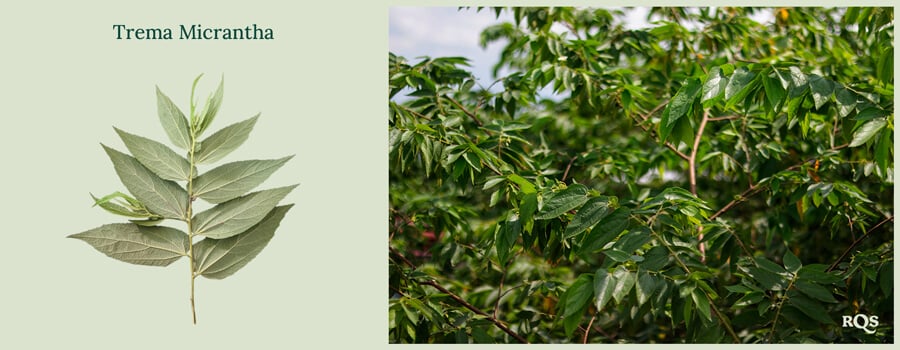
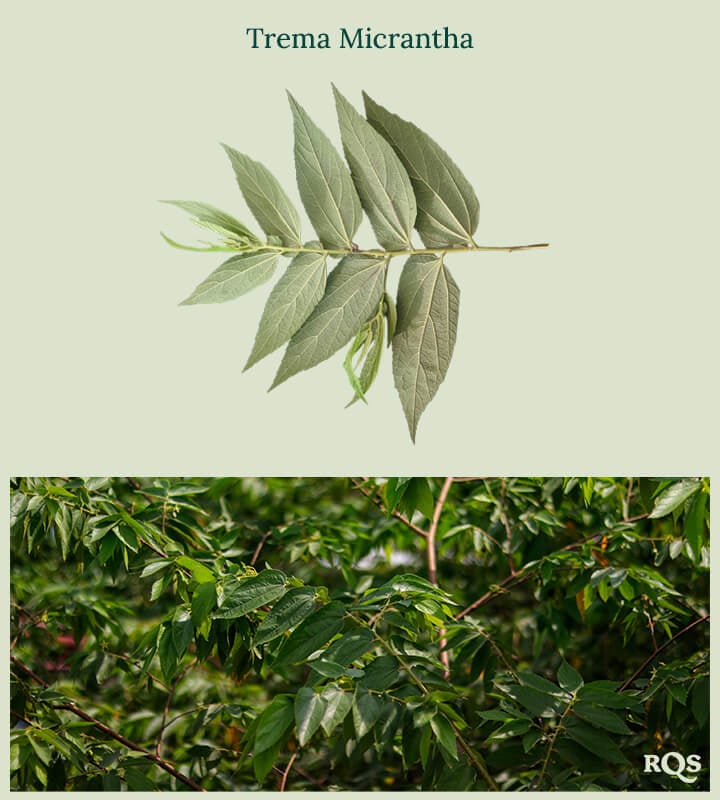
CBD in Trema Micrantha: The Discovery
In a press release[1] published by the Federal University of Rio de Janeiro (UFRJ), research coordinator Rodrigo Soares Moura-Neto claimed that his team "identified the substance (CBD) in the fruits and flowers, but without it being mixed with the psychoactive tetrahydrocannabinol (THC) present in Cannabis sativa". He explains that "Trema micrantha Blume could overcome the legal barriers currently imposed by cannabis".
Moreover, because Trema is native to Brazil and grows wildly across the nation, "it would be an easier and cheaper source of obtaining cannabidiol". Since the announcement, he has explained that his team of chemists, biologists, geneticists, and botanists will explore the different extraction methods available, including gas chromatography-mass spectrometry (GC-MS), the current standard for cannabinoid isolation. Moreover, the press release also states that they would begin in-vitro testing immediately to discover if the CBD found in Trema micrantha had the same effectiveness over the body's regulatory system—the endocannabinoid system (ECS)—as CBD found in cannabis.
Significance of the Findings
The significance of this discovery is twofold. First, as Moura-Neto states, using Trema as the raw material for CBD extraction would overcome any legal restrictions. Even hemp, the industrial form of cannabis, is still subject to strict regulation. In fact, it's only with the passing of the 2018 Farm Bill that the cultivation of hemp was legalized at a federal level in the US—provided, of course, that it contains less than 0.3% THC.
Second is the unprecedented access an alternative to cannabis would provide. Not only would it allow researchers the world over to examine CBD more easily, but it would open cannabidiol use to consumers currently priced out of the market. While there's bound to be an increase in the plant's value, the lack of red tape would make mass production significantly easier. Ultimately, a non-restricted source of CBD would accelerate studies beyond anything we've experienced in the last ten years.
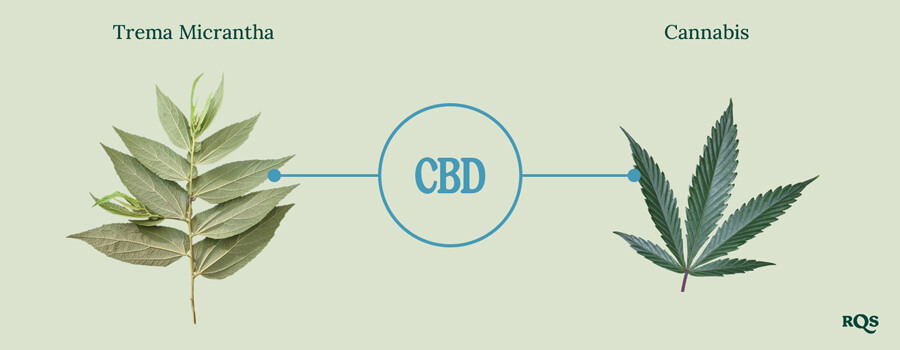
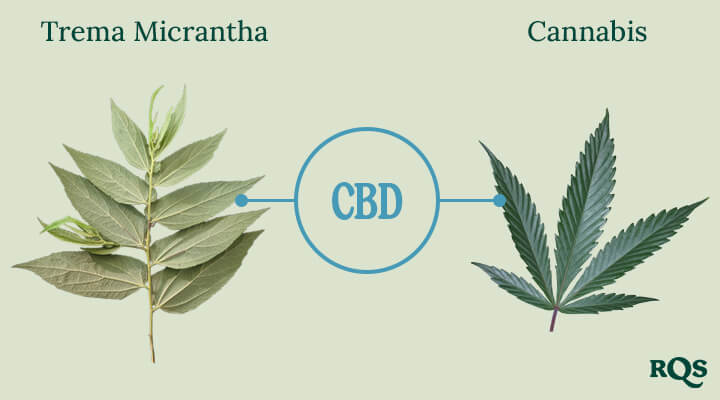
Current Barriers to Research
At present, chemists have identified over 120 cannabinoids, and nearly twice as many terpenes—aromatic compounds that may also benefit the mind and body. That's hundreds of compounds that can interact with the human body via the endocannabinoid system, and our understanding is limited to a mere handful. Even still, our knowledge of the interactions of cannabinoids such as CBD, THC, and CBN are surface-level at best.
Unfortunately, most issues concerning CBD research stem from political agendas and government mandates that overshadow unbiased research—i.e. research with a primary focus on improving health and well-being. Therefore, the discovery made by Moura-Neto and his team could significantly improve access to that research. Not only would this enhance our understanding of CBD's wellness potential, but it would also provide better tools to legislators, doctors, and the general public.
What Needs to Happen Next for Trema Micrantha?
Here's where the challenges surrounding the announcement start to build. Moura-Neto and his team made the initial statement in 2023, at which point they stated that the in-vitro testing, extraction, and isolation would begin in six months (although the total project was estimated to take at least five years). They even confirmed that they had obtained research grants via the Agricultural Sciences public notice. However, as of July 2024, that research has yet to surface.
The issue is compounded by an earlier study[2] that also examined the histochemical and phytochemical structure of Trema micrantha (L.) Blume leaves. While they did discover a diverse selection of flavonoids, triterpenes, and monoterpenes, no cannabinoids were recorded. Now, it's possible that the leaves of the trema plant are devoid of cannabinoids, as the UFRJ claims point towards the fruits and flowers instead. Still, it's clear that the next step has to be the detailed examination, analysis, and extraction of CBD from Trema micrantha. Or, at the very least, a follow-up from the team at the Federal University of Rio de Janeiro.
Controversy Surrounding Other Plant Claims
Interestingly, this isn't the first time claims have been made about the cannabinoid content and potential suitability of cannabinoid-containing plants other than cannabis. In 2020, there was controversy surrounding claims that a new species of hops[3] contained influential cannabinoids such as CBG, CBC, CBD, and more. The head researcher even went as far as agreeing to provisional contracts with CBD companies before a review article published in the Sage Journals[4] showed that the claims were unsubstantiated.
The Growing Status of Cannabinoid Research
Discoveries like the one proposed by the team at the UFRJ would revolutionise our ability to study cannabinoids like CBD while improving access and helping to shape future legislation. However, if those claims fail to become a reality, then it's back to the drawing board (and a constant battle for approval) for many research institutions. The hope is that the rising trend of cannabis legalization will make research grants more accessible, broadening our understanding of cannabinoids in kind.
However, with such a limited understanding of the full scope of interactions involving compounds such as CBD and even THC, extensive and detailed studies are a must. It may be that these molecules, both isolated and as part of a wider chemical formula involving terpenes and flavonoids, hold the key to a better quality of life.
- Planta nativa brasileira produz canabidiol sem associação com substâncias alucinógenas https://ufrj.br
- Phytochemical characterization of leaves of Trema micrantha (L.) Blume https://www.um.es
- United States Plant Patent https://patentimages.storage.googleapis.com
- Cannabidiol (CBD) From Non-Cannabis Plants: Myth or Reality? https://journals.sagepub.com






























